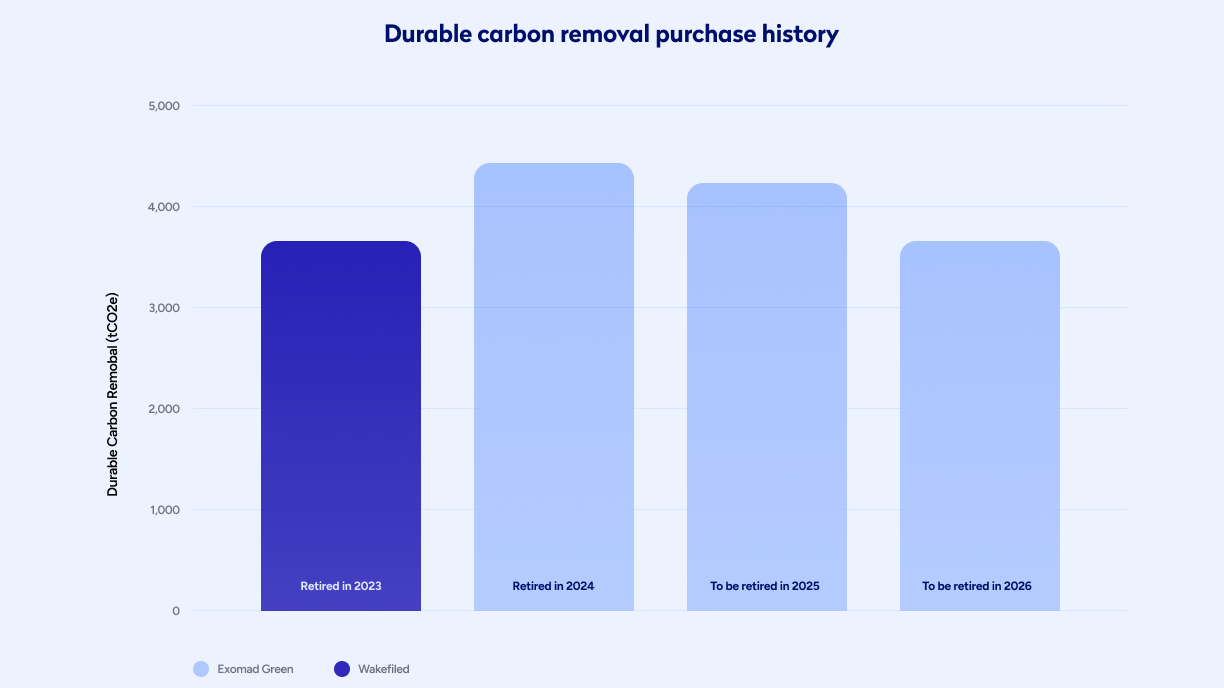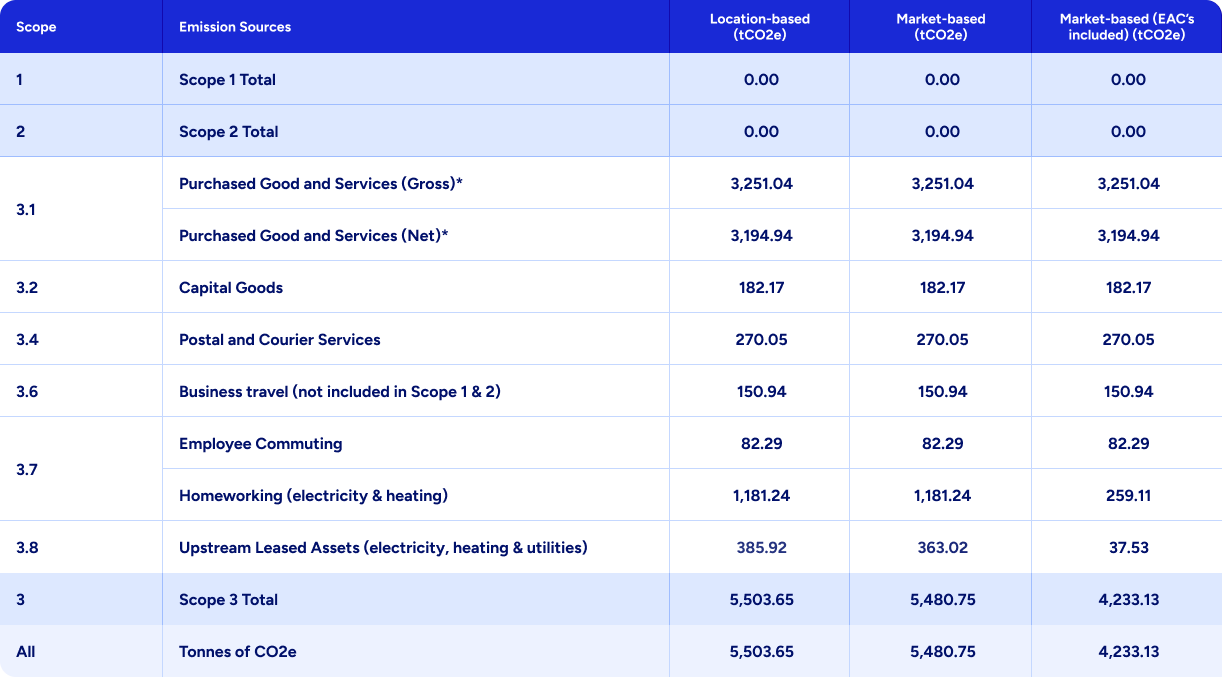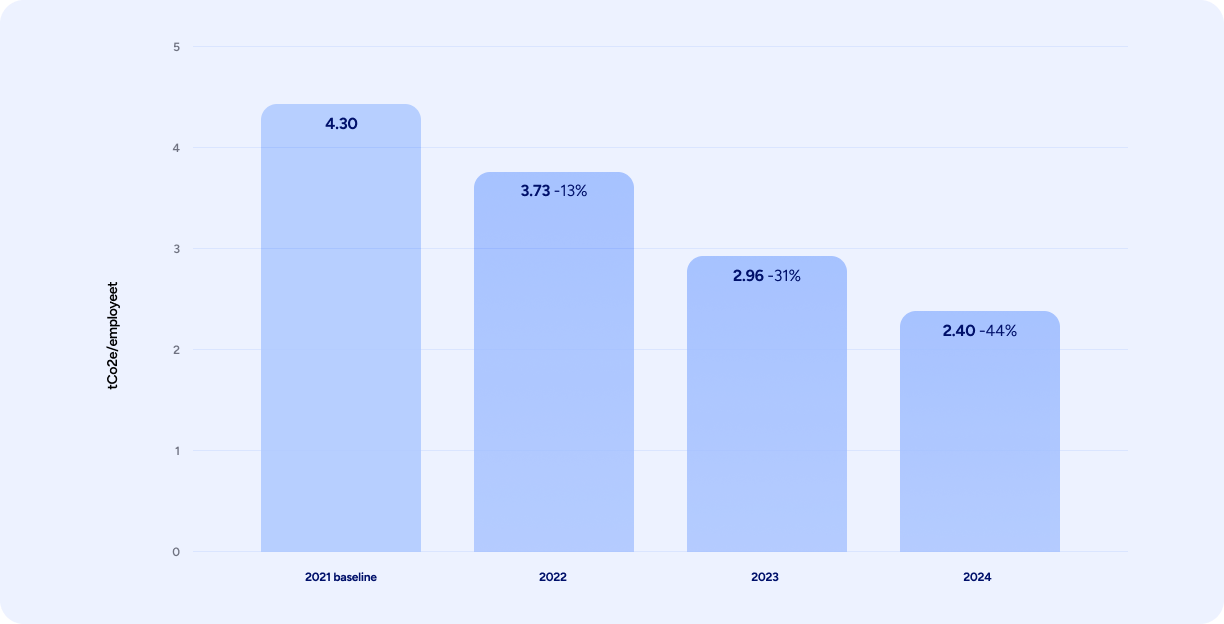Pledge 2: Net Zero – Tide will reduce 90% of our 2021 emissions per employee by 2030. In doing so, we will reduce emissions by 97% on a revenue basis.
Pledges 1 and 2 will make Tide Net Zero by 2030.
Tide’s investment in carbon removals runs alongside our ambitious carbon reduction targets.
We are a fast growing organisation, supporting over 1 million members globally, and therefore we have chosen to set intensity based carbon reduction targets in line with the guideline of the Science Based Target Initiative.
We have committed to reducing 90% of our CO2 emissions per employee and 97% by revenue by 2030, vs a 2021 baseline.
We remain flexible in our approach and we review our targets periodically to ensure they align with the latest best practice, and in the future we also plan to set absolute reduction targets.
GHG Protocol – Scopes 1, 2, 3
To take action to reduce emissions, companies need to understand and measure where they’re sourced from in the first place.
We’re monitoring our emissions using the Greenhouse Gas Protocol (GHG), the most widely used international accounting tool and the global industry standard for measuring carbon emissions.
The three scopes are part of the GHG Protocol.
We worked with the carbon removal platform, Supercritical, to measure our Scopes 1, 2, and 3 emissions.
The three scopes are a way of categorising the different kinds of GHG emissions a company creates in its operations and value chains.
Direct emissions – emissions directly from operations that are owned or controlled by the reporting company (e.g. company cars, emissions from company’s product).
Indirect Emissions – emissions from the generation of purchased or acquired electricity, heating, or cooling consumed by the reporting company.
Indirect emissions – all indirect emissions (not included in Scope 2) that occur in the value chain of the reporting company, including both upstream and downstream emissions.
For Tide, this includes business travel, employee remote working, commuting, cloud hosting, procurement, software usage, marketing and leased assets but excludes members.



